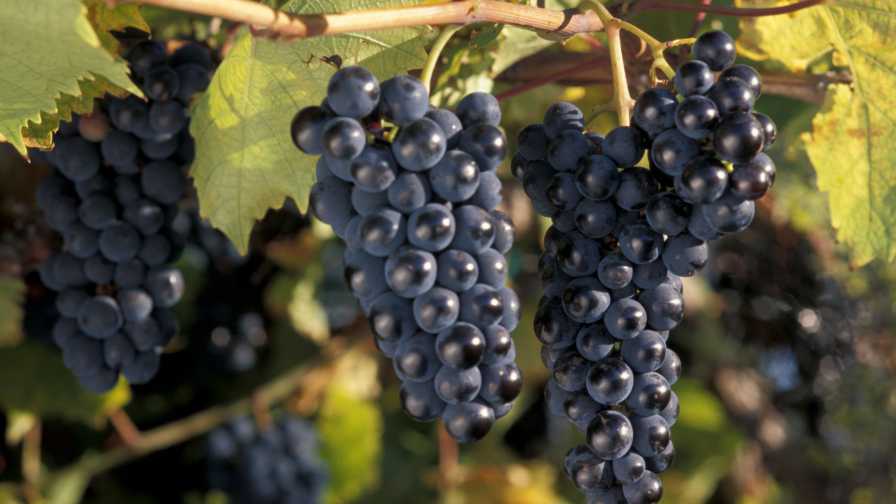Pest Of The Month: Mole Crickets

Identification
Mole crickets usually damage seedlings, feeding above-ground on foliage or stem tissue, and belowground on roots and tubers. Girdling of the stems of seedling plants at the soil surface is a common form of injury, though young plants are sometimes severed and pulled belowground to be consumed. Additional injury to small plants is caused by tunneling, which may dislodge seedlings or cause them to desiccate. The southern mole cricket does much more tunneling injury than tawny mole cricket.
Survival And Spread
The shortwinged mole cricket remains confined to the southern Florida and northeastern Florida introduction sites. In contrast, the southern mole cricket is now found from North Carolina to eastern Texas, including all of Florida. The tawny mole cricket is intermediate in its spread, occuring from North Carolina to Louisiana and throughout Florida.
Management
Few enemies of mole crickets exist naturally in North America. Among the natural enemies are amphibians such as toads, birds such as sandhill cranes, and mammals such as armadillos. These and the few predatory insects that attack crickets do not provide effective control. Several natural enemies have been introduced from South America and include a wasp parasitoid (Larra bicolor) and an entomopathogenic nematode (Steinernema), which is specific to mole crickets.
Liquid and granular insecticides are commonly applied to the soil to suppress mole crickets. In some cases, insecticide application should be followed by irrigation because the insecticide must enter the root zone of the plants to be most effective. Read insecticide labels for application directions. Bait formulations are also useful. Various baits have proven effective, but most contain wheat bran, cottonseed meal, or some other grain product plus 2% to 5% toxicant.
Most injury to vegetable transplants occurs on small plants, so use of larger plants can reduce injury. Crickets can quickly invade crop land that has been fumigated or otherwise cleared of crickets, so isolation from sources of crickets, or planting in large blocks of land with proportionally little edge, may help reduce injury.
Biological control of mole crickets can be enhanced by the application of the entomopathogenic nematode Steinernema scapterisci. This nematode can be purchased from commercial suppliers, sprayed as a suspension in water to soil, and is fairly persistent in the soil. It is more effective on adults than nymphs.










